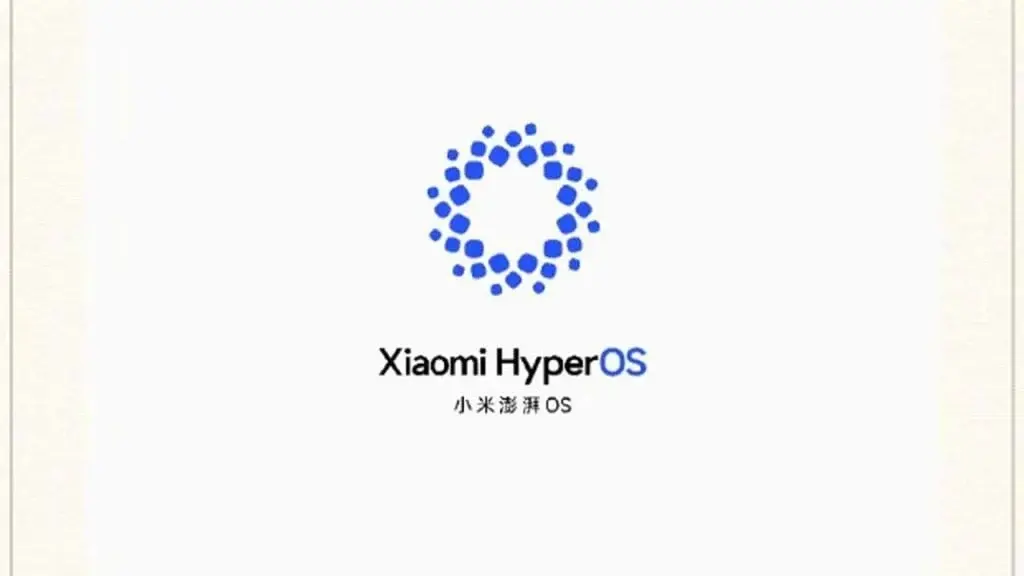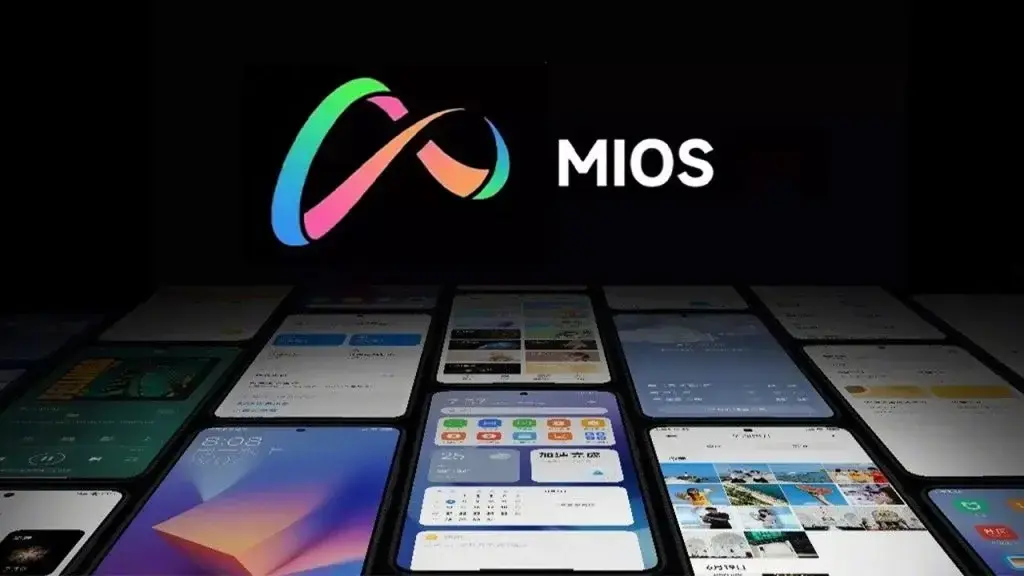Xiaomi Unveils New and Minimalist HyperOS Logo
Xiaomi, the renowned tech giant, is making waves in the industry once again. Known for its Android-based MIUI, which has been a staple in the company's smartphones and tablets, Xiaomi has now introduced a more comprehensive operating system called HyperOS. This strategic move aims to establish Xiaomi's own ecosystem, expanding its influence beyond traditional electronic devices to markets like electric vehicles. Recently, a Weibo post showcased Xiaomi's newly designed logo for HyperOS, further igniting excitement among Xiaomi users and tech enthusiasts alike.
A Minimalist Design Emphasizing Ecosystem and Comprehensiveness
The unveiling of HyperOS's new logo has generated quite a buzz. The design of the logo is minimalist, featuring a round shape that symbolizes the ecosystem and comprehensiveness that Xiaomi aims to achieve with its new operating system. This departure from the previous MIUI logos is a significant step forward for the company.
In the past, Xiaomi opted for logos composed of letters rather than intricate designs. While this choice may have been lacking in terms of visual appeal, it made it easier to differentiate between different versions of MIUI. With the introduction of HyperOS, it raises the question of whether the logo will also evolve with each new version.
Xiaomi's Journey Towards a Comprehensive Ecosystem
Xiaomi's transition from MIUI to HyperOS marks a significant milestone in the company's quest to create its own ecosystem. By developing its operating system, Xiaomi aims to establish a seamless integration between its various product lines, including smartphones, tablets, and now electric vehicles. This move allows Xiaomi to have greater control over the user experience and tailor it to their specific needs.
With the new logo for HyperOS, Xiaomi is signaling its commitment to this holistic approach. The minimalist design and round shape reflect the company's vision of a comprehensive ecosystem that encompasses a wide range of devices and services.
The Future of Xiaomi and HyperOS
As Xiaomi ventures into the electric vehicle market and expands its product offerings, the introduction of HyperOS is a strategic move to solidify its position as a tech giant. By developing its operating system, Xiaomi can differentiate itself from competitors and provide users with a unique and seamless experience across its devices.
The new logo for HyperOS is just the beginning of Xiaomi's journey towards building its ecosystem. As the company continues to innovate and introduce new features and versions of HyperOS, it will be interesting to see how the logo evolves and represents the future of Xiaomi's comprehensive ecosystem.


